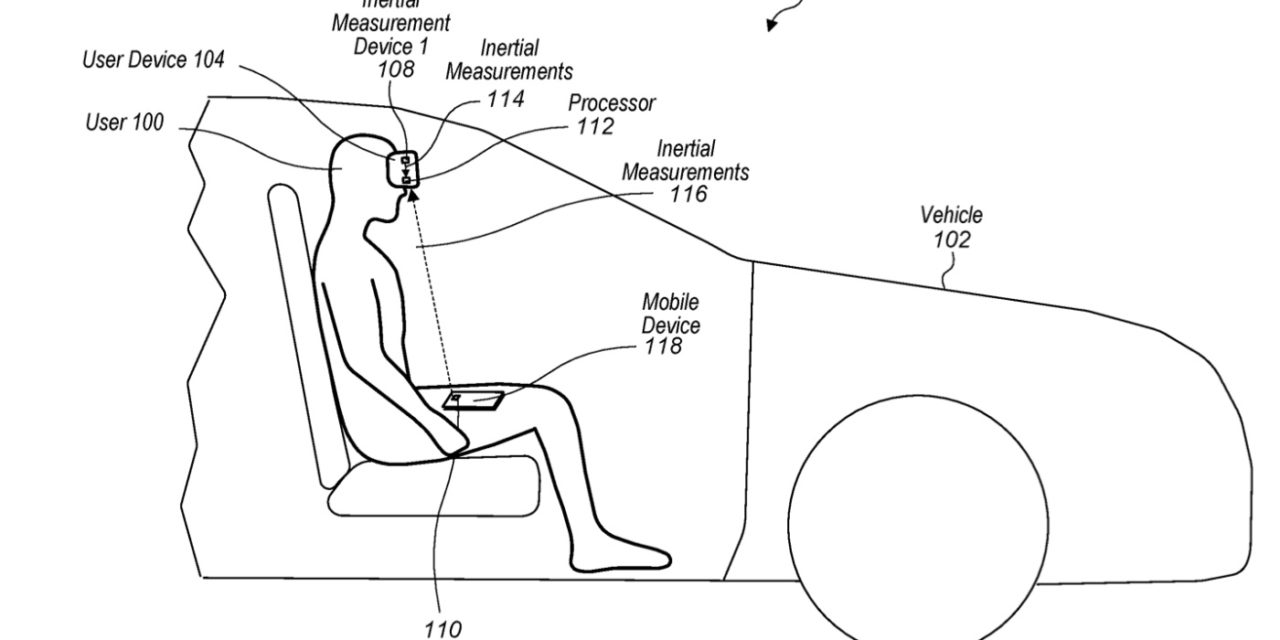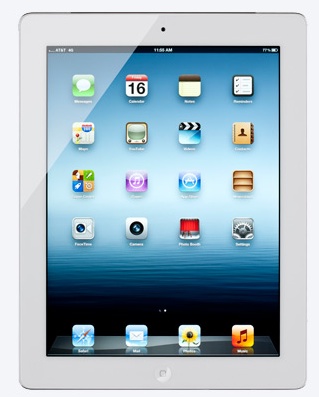Apple has been granted a patent (number 11,334,148) involving the interactive between an Apple Watch and the rumored Apple Glasses for in-vehicle entertainment systems. The patent is dubbed “relative inertial measurement system.”
About the patent
Basically, it involves passengers in a car using a virtual reality (VR) entertainment system. VR systems may display stereoscopic scenes to users in order to create an illusion of depth, and a computer may adjust the scene content in real-time to provide the illusion of the user moving within the scene.
When the user views images through a VR system, the user may feel as if they’re moving within the scenes from a first-person point of view. Similarly, augmented reality (AR) combines computer generated information with real world images to augment, or add content to, a user’s view of the world.
The simulated environments of VR and/or the enhanced content of AR may be utilized to provide an interactive user experience for multiple applications, such as interacting with virtual training environments, gaming, remotely controlling drones or other mechanical systems, viewing digital media content, interacting with the Internet, and more.
In addition, VR systems and/or AR systems may utilize inertial measurements from an inertial measurement unit (IMU) included in a VR or an AR device to determine how images are to be displayed.
Apple says that conventional VR and AR systems may not be able to separate motion of a user or a user’s body part from motion of a reference frame in which the user is traveling, such as a vehicle.
For example, a user wearing a conventional VR or AR device may be seated in a vehicle and the vehicle may accelerate from a stopped position to a high speed while the user wearing the VR or AR device sits in the vehicle without moving within the vehicle (e.g. no relative motion of the user relative to the reference frame of the vehicle).
Because the conventional VR or AR device can’t separate the motion of the user’s body from the motion of the vehicle, the conventional VR or AR device may attribute the motion of the vehicle to the user.
As a result images displayed to the user on the VR or the AR device may appear to the user as if the user is running through a scene at the same speed and in the same direction the vehicle is traveling. A similar phenomenon occurs in regard to angular motion. For example, a user wearing a conventional VR or AR device may be riding in a vehicle that turns, however the user may not actually turn the user’s head when the vehicle turns.
A conventional AR or VR device may not be able to separate the motion of the user’s head (e.g. not turning) from the motion of the vehicle (e.g. turning). Therefore, the turning motion of the vehicle may be attributed to the user and images displayed to the user on the VR or AR device may appear to be turning or spinning despite the user not turning the user’s head.
Such discrepancies between a user’s relative motion within a vehicle and motion observed by the user via a scene displayed to the user may lead to nausea and sickness of the user. Apple wants to overcome such issues with Apple Glasses and Apple Watch interactions in a vehicle.
Summary of the patent
Here’s Apple’s abstract of the patent: “Methods and systems for relative inertial measurement may include a user device configured to couple with a user’s body and measure motion of the user’s body or a part of the user’s body while the user rides in a vehicle. A second inertial measurement device may be configured to move with the vehicle but to not move with movements of the user’s body within the vehicle.
“One or more processors may receive inertial measurements from the first and second inertial measurement devices and determine movement of the user’s body or the part of the user’s body relative to the vehicle by comparing the received inertial measurements.”
Article provided with permission from AppleWorld.Today





